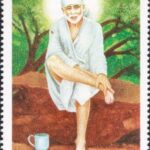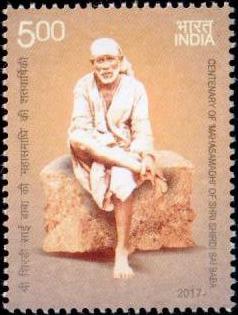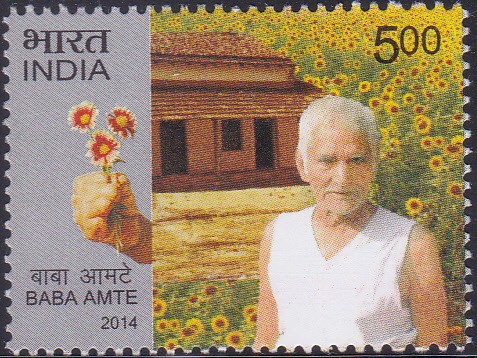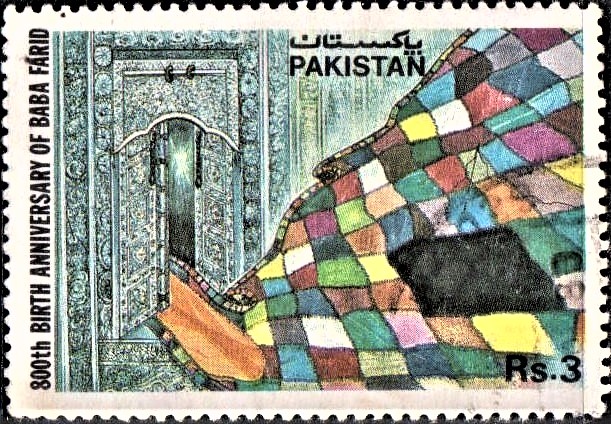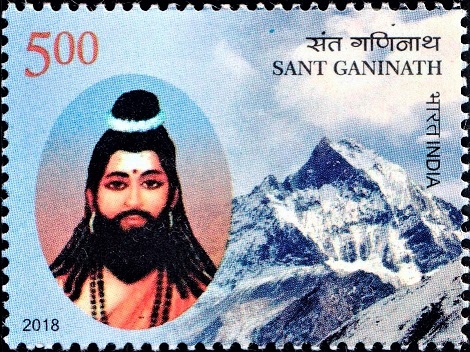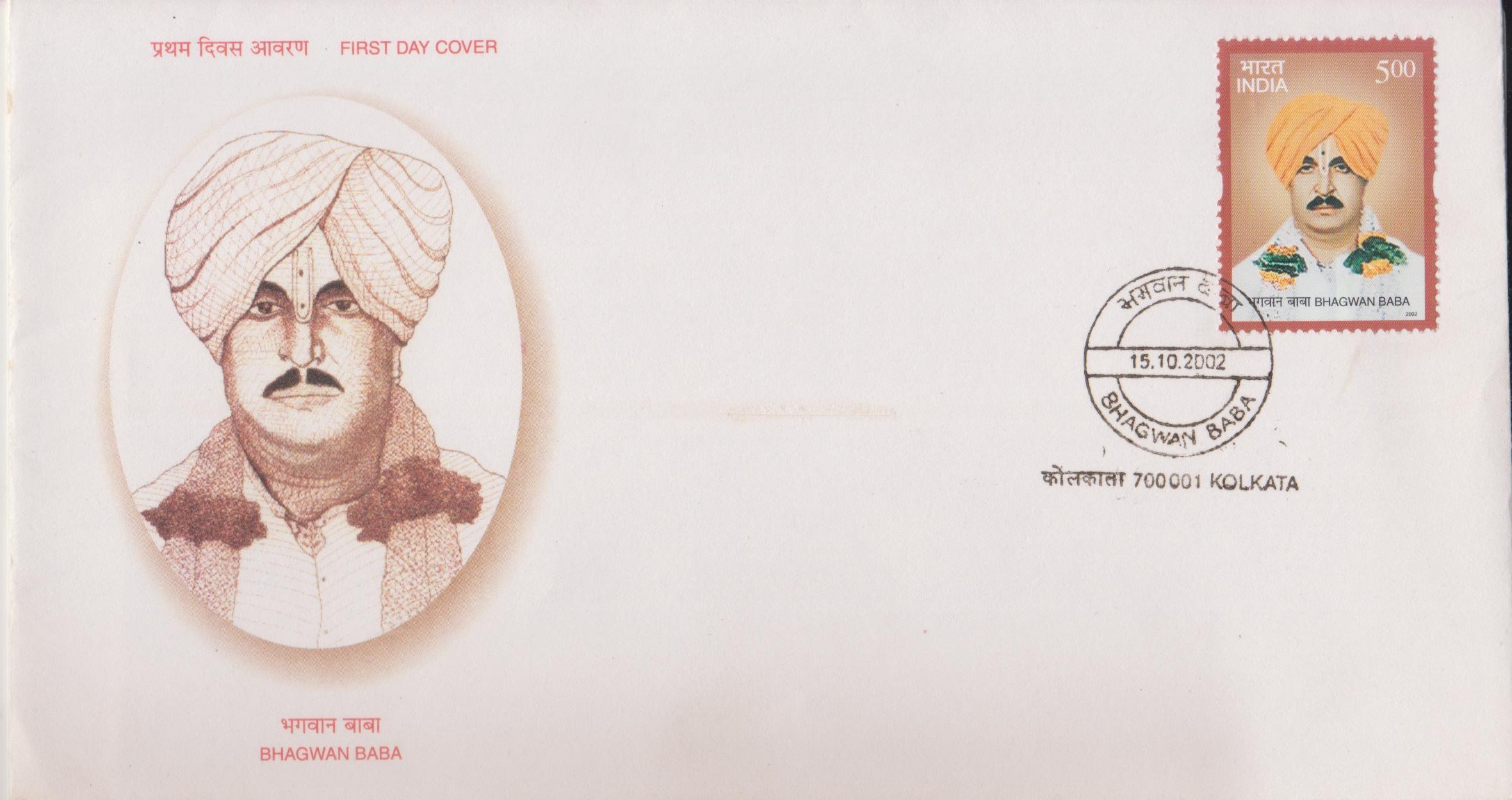
Baba Raghav Das
A commemorative postage stamp on the Birth Anniversary of Baba Raghavdas, Purvanchal‘s Gandhi :

 Issued by India
Issued by India
Issued on Dec 12, 1998
Issued for : The Department of Posts is happy to bring out this commemorative stamp on Baba Raghavadas.
Credits :
Stamp & FDC : India Security Press, Nashik
Cancellation : Alka Sharma
Type : Stamp, Mint Condition
Colour : Single Colour
Denomination : 200 Paise
Overall size : 3.91 x 2.90 cms.
Printing size : 3.55 x 2.54 cms.
Perforation : 13 x 13
Paper : Imported un w/m Adhesive Gravure Coated stamp paper in reels 47 cms. width
Stamps Printed : 0.4 Million
Number per issue sheet : 35
Printing Process : Photogravure
Printer : India Security Press, Nashik
Name : Raghavendra Sheshappa Pachapurkar
Born on Dec 12, 1896 at Pune, Maharashtra, India
Died on Jan 15, 1958 at Shivni, Madhya Pradesh, India
About :
- Raghavendra Sheshappa Pachapurkar alias Baba Raghavdas (1896-1958) was an ascetic, reformer and freedom fighter who made significant contributions to social causes like National unity, promotion of Hindi as a unifying language, Harijan welfare, Khadi and Village Industries and the Bhoodan Movement.
- Born on 12th December, 1896 in Pune to Sheshappa Damodar Pachapurkar and Yashoda Devi, Raghavendra was the fifth among eight children. He had an early initiation into the Freedom Struggle when in 1907, at the age of eleven, he organised a demonstration in Karad to protest against the deportation of Lala Lajpat Rai. In 1913 Raghavendra secretly left his home on a pilgrimage to Banaras and Haridwar. Later he became the disciple of Guru Paramhansa Anant Prabhu who lived in Baharaj on the banks of the river Sarayu. Apart from his Guru, great figures of the era like Mahatma Gandhi, Pt. Madan Mohan Malaviya and Ramdhan Pavde also moulded his character and ideas. The Ramayana, Mahabharata and holy Scriptures also had a formative influence upon him.
- After the demise of Shri Anant Mahaprabhu his followers looked up to Raghavendra for spiritual guidance. He began to be known as Baba Raghavdas.
- He joined the Indian National Congress in 1920, and made his headquarters in the Gorakhpur District of Uttar Pradesh where he worked for the political, moral, social and educational uplift of the people. Though a religious ascetic, he held progressive ideas about social and educational reforms. His active and dedicated participation in the National movement raised him to the presidency of the Gorakhpur District Congress Committee. He courted arrest on various occasions like the protest march against Jalianwala Bagh Massacre in 1921, in connection with the Chauri Chaura incident in 1922 and the agitation against the Simon Commission in 1927. He actively participated in the Salt Satyagraha of 1930 also. In 1934 Baba Raghavdas effectively organised assistance for alleviating the miseries caused by earthquake and floods in Bihar. In 1946 he was elected to the Vidhan sabha.
- After independence he turned more and more towards the Bhoodan and Khadi movements. He reportedly performed Padyatras in Uttar Pradesh, Madhya Pradesh and Maharashtra for 21,000 miles and was able to get thousands of acres of land as donation for the landless.
- He was convinced that Hindi should become the national language which should help to bind the country together. He established various educational institutions like the Shrikrishna High School, Paramahansa Ashram, Sanskrit Pathasala, Brahmacharyashram, Rashtrabhasa Mahavidyalaya and Buddha Inter-college. Gorakhpur District benefitted most from his activities and he succeeded in eradicating illiteracy to a large extent from that district.
- At the age of 61, on 15th January, 1958 he died in the midst of his work while attending the Sarvoday Sammelan at Shivni. Baba’s life and achievements can be assessed best from the following words of Mahatma Gandhi : “If I can find a few saints like Raghavdas, I could easily win India‘s Independence“.
- Text : Based on materials supplied by the sponsors as well as the Dictionary of National Biography by SP Sen.


